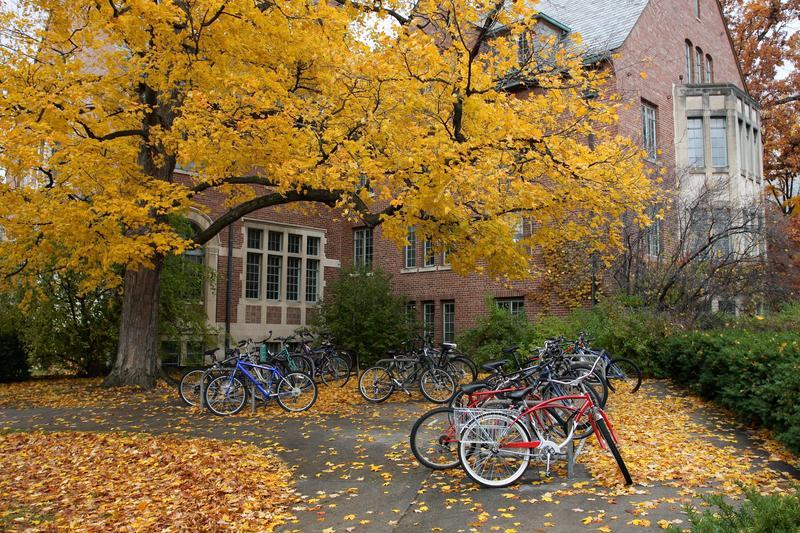Ready to begin the search for the perfect college? Or are you unsure of where to start?
Don’t worry if you fall into the latter category. The task of finding the right school for you can be overwhelming at first, especially to those students that haven’t given the
college search much thought until their junior year of high school. Fortunately, there is a strategy for finding and narrowing down your list of colleges.
Categories to Help Simplify Your College Search
With nearly 6,000 colleges in the United States, it can be hard to decide where to apply. Students can oftentimes create a list so lengthy and random that it’s costly and overwhelming.
While there are a lot of colleges to choose from, there’s ultimately only one for you. To narrow it done to “the one,” you need to identify the three categories that your college choices should fall into:
Selecting Your Reach Schools
A reach school is a college or university that will be difficult for you to get into, whether that’s for academic, financial, or locational reasons. However, it is still a school that you wish to apply to because the
admissions decision may just surprise you.
You can determine if a college is a reach school, academically-speaking, by its acceptance rate as well as average GPA and standardized test scores. This information can either be found on the college’s admissions website or on a college search site, like
Peterson’s.
Financial reach schools are those that don’t fit into your budget. However, it’s still important for you to submit an application. Why? These schools may surprise you with how much
merit aid, or scholarships, they award.
Typically, more
expensive schools have a larger endowment, which means more money to give away to prospective students. Sometimes, these schools can become just as affordable as an in-state, public college once merit aid is accounted.
Finally, a reach school may be considered as such because of one simple factor: location. Schools that may be farther away from your hometown – or even across the country – may be hard to grasp because of logistics or anxiety over potential
homesickness. Apply anyway. The merit and financial aid packages may be enough to entice you.
Choosing Your Target Schools
A target school is a college or university that you know you can get into. It’s a perfect fit academically and/or financially. These are the schools that you should strive to get into because you’re nearly guaranteed a win.
Your GPA and test scores, if you need to take the
SAT or ACT to be considered for admissions, will be similar to that of the last class that was admitted. Again, take a look at the college website and search for an Admissions Profile or Quick Facts page. This will have statistics on the average incoming student.
A great way to figure out which schools fall into your target budget are to use various calculators, like Net Price,
Expected Family Contribution (EFC), and College Cost. These calculators will tell you just how much your target colleges cost, after scholarships and financial aid are taking into consideration, as well as what your family can realistically contribute financially. You can find a variety of college cost calculators on
Finaid.org.
Deciding Your Safety Schools
Finally, every prospective college student should have one or two safety schools on their list. A safety school is one that you will undoubtedly be admitted to if you apply.
Academically, your GPA and test scores are well above those of previous applicants. Financially, you will have to pay very little to attend college there. And location-wise, these schools should be a
community college or in-state public college close to home.
How to Narrow Down Your College List: Reach, Target, and Safety Schools
As you research colleges on the web or attend
college fairs, place those that interest you into one of the three categories above. Don’t worry about trimming your list down just yet. Initially, just focus on “filling your buckets.”
Once you have a decent-sized list, about 20 or more colleges, consider which schools have enough offerings to entice you to do a
campus visit. Those schools that do not incite a need to visit, you can cross off the list. It should be noted here, though, that if there is a school that is far from you and difficult to visit, you can always ask about a virtual tour. Or schedule a Zoom session with an admissions officer at the college to talk through the student experience.
After you’ve visited colleges and talked with an admissions officer at each school, it’s time to whittle down your
college list. You should have anywhere from 5 – 7 in your Reach and Target buckets as well as at least two schools in your Safety bucket.
To make the college application process easier, consider using the
Common App. You will be able to fill out one form for all participating schools, thereby lessening your work and stress load.
A Successful College Search
Yes, creating a college list can be daunting; however, implementing this strategy makes your decision-making process practical, easier, and even fun. It will also help you identify what matters to you and which colleges really stick out.
Remember, when you group your college list into three categories – reach, target, and safety – you’re better able to measure your success in the college application process. Rather than applying to a list of 20+ colleges, which is way too many, you’re strategically placing applications where it would be ideal to go, great to go, and safe to go.
Ultimately, you will face the
college application and decision confidently, knowing you did your research and had a well-rounded assortment of colleges to choose from.

